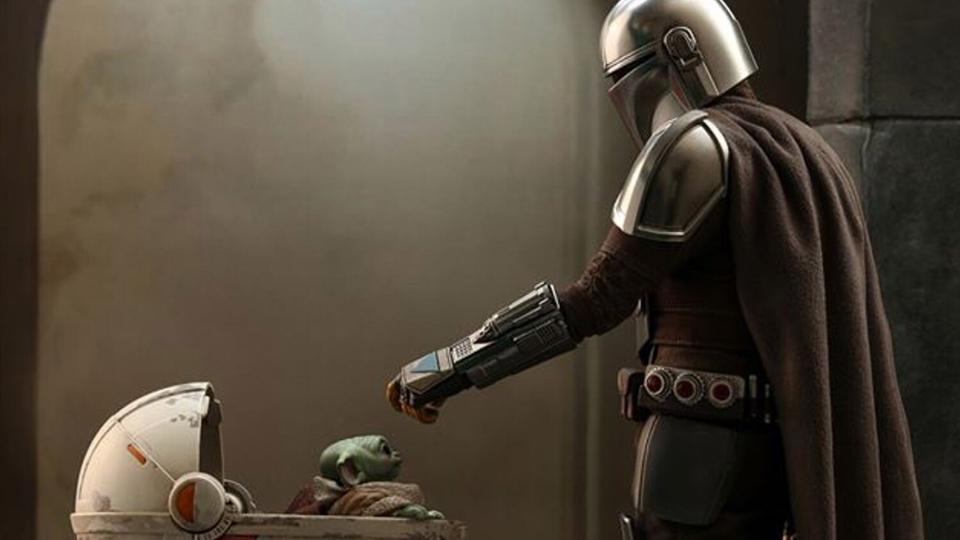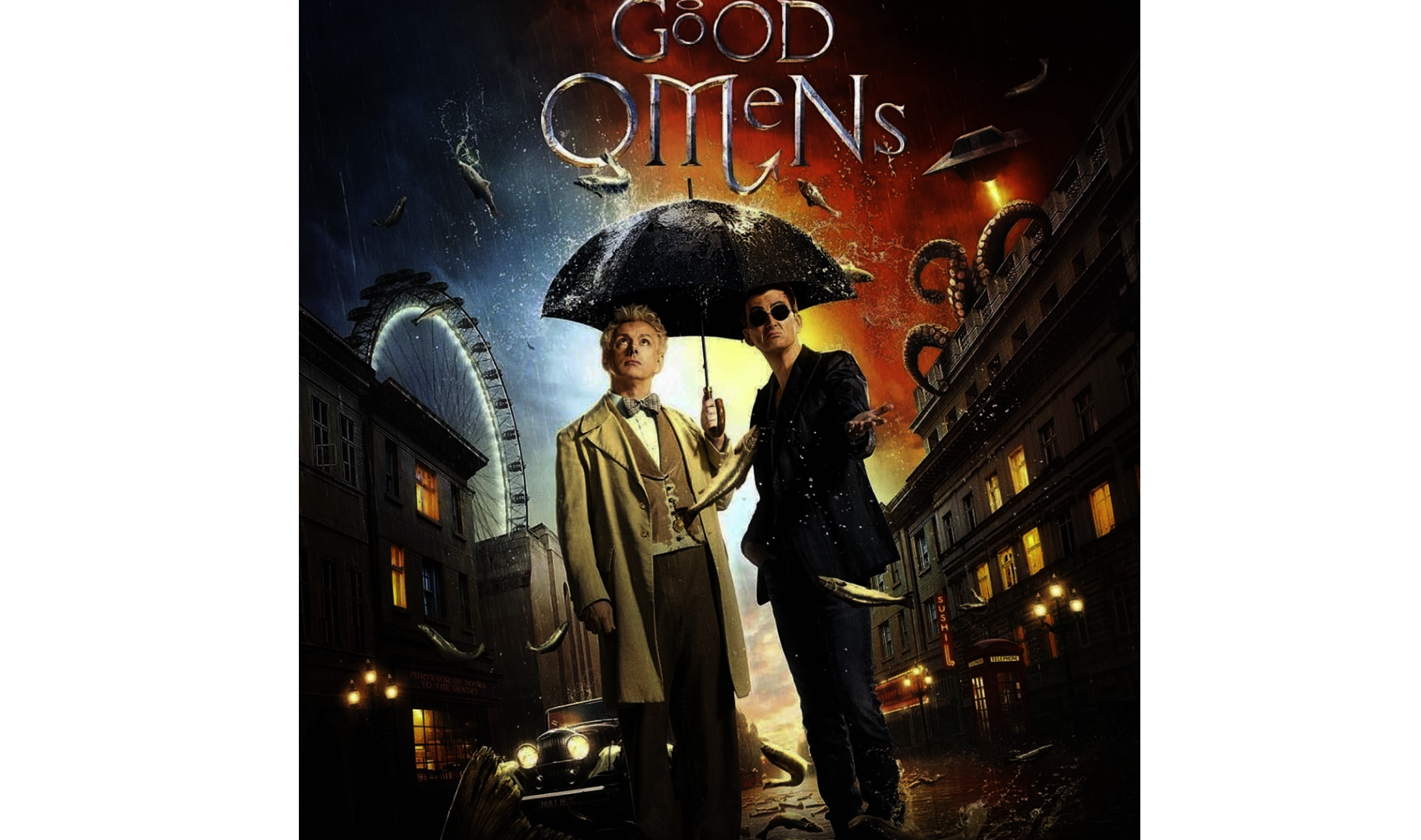On Oct. 30, the second season of “The Mandalorian” was released on Disney+. The show follows the Mandalorian, a bounty hunter, as he travels the galaxy with The Child, a 50-year-old alien baby. Even if one hasn’t seen the “Star Wars” movies, “The Mandalorian” is still an enjoyable show because of its writing, visual effects and costuming.
“The Mandalorian” is set after the events of the original “Star Wars” trilogy, but it does a good job of telling its own story exclusive from the events of the “Star Wars” franchise. The second season, like the first season, follows the Mandalorian as he completes bounty missions, with an overarching main-quest that unites all the episodes in the season. Because of this structure, coupled with some exposition in the form of dialogue, “The Mandalorian” is an easy watch. Even though the “Star Wars” franchise is sci-fi, “The Mandalorian” resembles a western, since viewers tune in to see what adventure the protagonist goes on each week.
Part of the show’s appeal as a space western is the use of visual effects through cinematography. Many of the shots throughout the show are wide shots of the Mandalorian traveling through desert landscapes. They highlight the Mandalorian’s life of solitude, showing that it is him versus the world as he tries to keep The Child safe. Wide shots are also used to show the scale of creatures and other battles, which, for example, is used in the season premiere when the Mandalorian has to fight a krayt dragon. This particular use of cinematography gives the dragon a sense of scale within the scene.
The use of practical visual effects also blends seamlessly into the show, most notably the use of LED walls on set. According to Indiewire, instead of using green screens or blue screens, Director Jon Favreau opted to use large LED walls with backdrops broadcasted onto them. While this is a relatively new alternative to green screens, the actors felt as if they were in a physical setting when they were acting in front of the LED walls, something that is not possible and, at times, off-putting when using green screens. Not only were practical effects used with the LED walls, but they were also used for The Child. The Child is actually a puppet built for the show; the benefit of this being the actors had something that they could physically interact with on set rather than a post-production CGI character.
Visual effects help to make the world of “The Mandalorian” feel alive, and the costuming of the show helps to flesh out characters. Specifically the armor the Mandalorian wears is appealing because it distinguishes him from the other characters. In the season one finale the Mandalorian is gifted a jetpack by the Armorer. Instead of having straps or a harness, the jetpack clips into the Mandalorian’s armor, signifying that he is the only one who is capable enough to fight as a Mandalorian. Similarly, a major belief of the Mandalorian people is that they and they alone may wear their armor. The Mandalorian is willing to fight anyone to keep his armor. The character’s strict adherence to his beliefs highlights his inability to form close relationships with others. His treatment of this armor helps build the character arc of his relations with other characters throughout the show.
If you are a fan of “Star Wars”, action films or sci-fi, I recommend you check out “The Mandalorian”. Currently, season one and the first five episodes of season two are on the streaming service Disney+.














